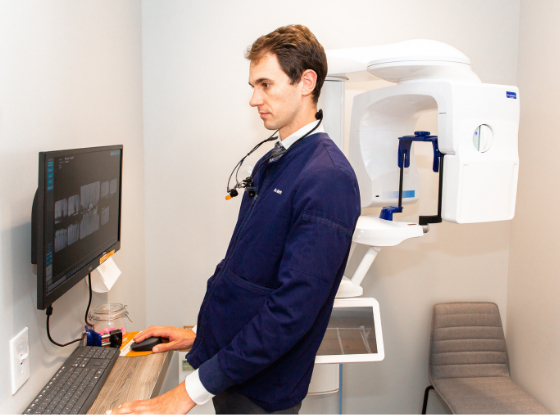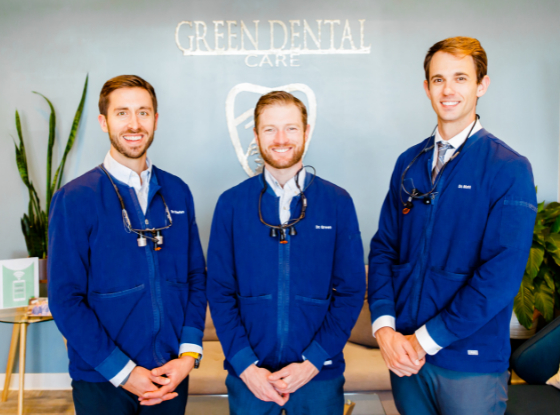How Often Should I Change My Toothbrush?

Even though most of us are aware that our toothbrushes are not supposed to last forever. However, determining whether our beloved bristles are reaching the end of their natural existence may be difficult. You might be startled to learn that you should replace your toothbrush every 3 to 4 months according to manufacturer standards recommendations from your dentist in Parker CO.
How Long Should I Keep My Toothbrush and When Should I Replace It?
Our Parker CO Dentist explains that, in some circumstances, you may need to change your toothbrush sooner. If you don’t change your toothbrush or electronic toothbrush head on time, it might harm your oral health and transmit illness.
How Frequently Should You Replace Your Toothbrush?
Dr. Green, the best dentist in Parker CO, explains that the microorganisms that cause gum disease, tooth decay, and foul breath are all combated by your toothbrush.
To navigate the smallest crevices in your mouth, choose straight bristles and a clean, easy-to-grip handle. A soft bristle brush will efficiently remove old food and bacteria from the bases of your teeth.
If you wash your teeth for 2 minutes twice a day, you’re already making efforts to prevent your teeth against cavities. Brushing your teeth following each meal and after a sweet snack is an additional action you may take to avoid tooth disease. Brushing twice a day or more is still considered usual for a manual toothbrush. However, within 3 months of using your brush, the bristles will begin to fall out and get damaged or twisted. When the bristles on your toothbrush begin to lose their hardness, it’s nearly time to throw it out. Likewise, your toothbrush will rapidly lose effectiveness if it lacks bristles to clean away food and plaque.
When Should You Replace the Head of an Electric Toothbrush?
By rapidly rotating or vibrating, electric toothbrush heads clean the surface area of your teeth. These toothbrush heads still feature nylon bristles, which can wear out with repeated usage. Furthermore, our dental office Parker CO explains that because the bristles are shorter, they may fray more easily.
We should be replacing the toothbrush head on your electric toothbrush every 12 weeks, if not sooner. When it’s time to replace a brush head, look for signs of wear and tear on the bristles.
Reasons to Replace Your Toothbrush
If you or any of your family member has been sick, it is a good idea to change your toothbrush as well as everyone else’s toothbrush in your home. There are infections caused by viruses and bacteria, such as strep throat, that are of special concern and are an excellent reason to replace your old toothbrush with a new one.
Because youngsters may crush on a toothbrush head or bite on the handle, you should replace their toothbrushes more frequently than every three months. Don’t forget to keep an eye on your youngster when they’re brushing their teeth to make sure they’re not exposing their brush head to anything other than their teeth. If someone else uses your toothbrush by accident, throw it away. It’s better to be safe than sorry since everyone’s mouth has germs that differ from yours.
How to Look After Your Toothbrush
Treat your toothbrush like any other personal grooming or hygiene equipment to get the most out of it. Our friend Dr. Hobfoll, kids dentist Salt Lake City, explains that even with members of your immediate family, it is not a good idea to share your toothbrush. If you store your toothbrush in a cup or container with other toothbrushes, try not to let the heads of the toothbrushes touch.
After brushing, thoroughly rinse your toothbrush with tap water. It does not require the use of a disinfectant, mouthwash, or hot water to be sanitized. Attempting to “sanitize” a toothbrush in this manner may result in the spread of germs.
You don’t even need a specific locked container to keep your toothbrush clean while not in use. Some of these containers may promote mold development or the spread of germs.
Factors to Consider When Using Toothbrush
The nylon bristles of your toothbrush are exposed to water and the chemicals in your toothpaste every time you use it. With each usage, the bristles get a bit weaker. Bristle flaring occurs when bristles bend and twist into a new form.
At least two previous research on worn toothbrush heads indicated that older toothbrushes are much less effective at eliminating plaque, which causes gum disease and tooth damage.
Takeaway
Your toothbrush is an important piece of oral hygiene equipment. To extend the life of your toothbrush, use just your own toothbrush, store it upright, and let it air dry.
We should be planning to replace the household toothbrushes every 3 to 4 months and record the date so we remember when it’s the right time to replace them again.
Contact Green Dental Care today for Preventative Care
We are here to answer any of your dental questions. Schedule your appointment for a dental cleaning today in Parker CO.




